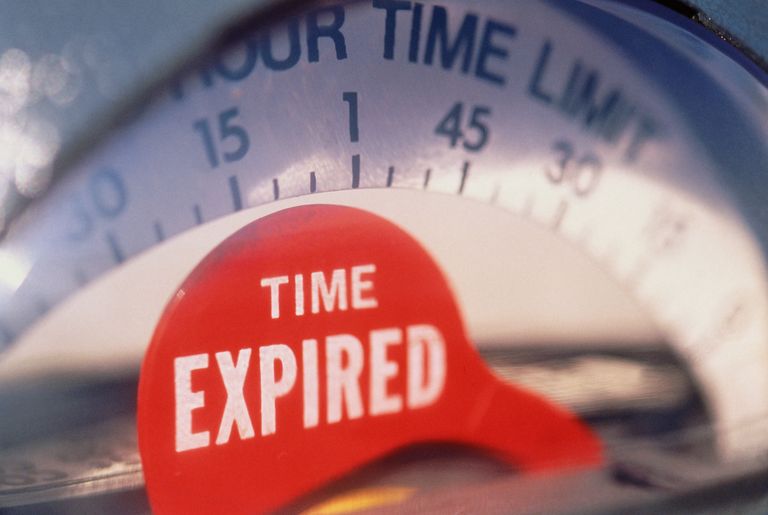If a debt collector contacts you, don’t panic. You have the legal right to demand proof—and in many cases, that proof never comes. That’s the power of debt validation.

Debt validation protects you from paying a debt you don’t actually owe. It’s a legal process that forces collectors to prove the debt is yours and that they have the right to collect it.
In this guide, you’ll learn when and how to request validation, what to expect from a collector’s response, and how to handle verified or unverified debts with confidence.
Debt Verification vs. Debt Validation
Debt verification and debt validation sound similar, but they’re not the same thing. Knowing the difference can help you handle debt collectors the right way.
Debt verification is your right to ask a debt collector to prove that a debt is actually yours. You send a written request—called a debt verification letter—within 30 days of being contacted. This forces the debt collector to stop collection efforts until they respond with proof.
Debt validation is the debt collector’s obligation to respond. They need to send documents showing they legally own the debt and have the right to collect it. A proper debt validation letter should include the name of the original creditor, the total amount owed, and paperwork that connects you to the debt.
Verification is your move. Validation is theirs. If they can’t validate the debt, they’re not allowed to keep collecting on it.
When to Request Debt Verification
You should always request verification if you’re unsure whether a debt is accurate or even real. This step can stop debt collectors from pursuing debts that don’t belong to you.
Here are common situations where you should send a verification letter:
- You don’t recognize the debt – It might belong to someone else or be the result of identity theft.
- The amount seems wrong – If the numbers don’t match your records, request a breakdown.
- It’s an old debt – Debt collectors sometimes chase old debts that have already been settled or are past the statute of limitations in your state.
- The debt collector keeps changing – When a debt gets passed around, details often get lost.
- You haven’t heard about the debt in a long time – If it suddenly reappears, don’t take their word for it.
You have 30 days from the date the debt collector first contacts you to request verification. If you wait too long, they can assume the debt is valid and move forward with collection efforts—even if it’s not legit.
Sending a verification letter on time pauses collection activity and puts the pressure on them to prove their claim.
How to Write and Send a Verification Letter
A debt verification letter is your way of asking the debt collector to prove the debt is real and that they’re allowed to collect it. The letter doesn’t need to be long or complicated—but it does need to include the right information.
What to Include
- Your name and address – This helps the debt collector identify you correctly.
- Reference information – Include any account or reference number they provided in the notice.
- Clear request for validation – Ask them to provide the name of the original creditor, the total amount owed, and documents proving the debt belongs to you.
- Statement of rights – Mention that you’re exercising your rights under the Fair Debt Collection Practices Act.
- Non-admission of liability – Make it clear that you’re not admitting to owing the debt.
- Optional: request to cease communication – You can ask them to only contact you with proof of the debt.
What Not to Include
- No admission – Don’t say things like “I owe this” or “I plan to pay.” Even small wording mistakes can be used against you.
- No sensitive info – Never include your Social Security number, banking details, or anything they don’t already have.
- No threats or insults – Keep it calm, clear, and professional.
You only have 30 days from when the debt collector first contacts you to send this letter. For detailed examples and templates, visit our page dedicated to debt verification letter samples.
What to Do With the Collector’s Response
Once you send a debt verification letter, the debt collector must stop collection efforts until they provide validation. If they respond, it’s your job to review what they send and decide what to do next.
What a Proper Debt Validation Letter Should Include
A valid response from the debt collector should contain:
- Original creditor name – The business or lender that first owned the debt.
- Total amount owed – Including any interest, late fees, or collection costs.
- Proof of ownership – Documents showing the debt collector has the right to collect.
- Connection to you – Paperwork that ties the debt to your name, such as a signed agreement or billing statement.
If any of this is missing, the validation is incomplete.
How to Review the Debt Collector’s Response
Look closely at the information provided and compare it with your own records. Focus on:
- The math – Make sure the amount claimed is accurate and adds up.
- Your identity – Double-check that the debt is actually yours, especially if your name is common.
- The documentation – Don’t accept vague claims. They must provide proof, not just say you owe it.
If the debt collector skips steps or sends a weak response, they haven’t met the legal requirements.
What to Do If the Debt Isn’t Properly Validated
If the debt collector can’t or won’t provide proper validation, you have options:
- Send a written dispute – Tell them the debt is not properly validated and request more information.
- File a complaint – Report them to the Consumer Financial Protection Bureau (CFPB) or your state’s attorney general.
- Dispute it with credit bureaus – If the debt appears on your credit report, file a dispute with each credit bureau.
- Talk to a consumer attorney – If the debt collector keeps pushing without valid proof, legal advice can help stop further contact or credit damage.
Debt collectors aren’t allowed to keep calling, threatening, or reporting the debt if they haven’t proven it’s real. Hold them to the law—and don’t let an invalid claim slip through.
Your Rights Under the FDCPA
The Fair Debt Collection Practices Act (FDCPA) is a federal law that gives you specific rights when dealing with debt collectors—especially when it comes to verification and validation.
What Collectors Must Do
- Pause collection efforts after you request verification—until they respond with proof.
- Send written notice of the debt within five days of first contact, including the amount owed and your right to dispute it.
- Provide documentation that proves the debt is yours and that they can legally collect it.
What Collectors Can’t Do
- Contact you after you ask them to stop—unless it’s to send validation or inform you of legal action.
- Call you before 8 a.m. or after 9 p.m. unless you agree to it.
- Lie about the debt or threaten you with actions they can’t legally take.
- Tell others about your debt—they can’t discuss it with anyone but you, your spouse, or your attorney.
If a collector violates your rights, you can report them and even take legal action.
Handling Verified Debts
If the collector validates the debt and everything checks out, you’ll need to decide what to do next.
Know Where You Stand
Start by reviewing your finances. Can you pay the debt in full, or do you need to explore other options? Paying off a verified debt can stop additional fees and prevent further credit damage.
Options for Dealing With the Debt
- Pay in full – Best for avoiding interest and resolving it quickly.
- Negotiate a settlement – Many collectors will agree to accept less than the full amount.
- Set up a payment plan – If a lump sum isn’t realistic, work out a plan that fits your budget.
- Ask for a pay-for-delete – Some collectors will agree to remove the account from your credit report once it’s paid (get it in writing).
Whatever you choose, get everything in writing and avoid making payments until terms are clear.
Common Mistakes to Avoid
Avoiding these mistakes can save you from unnecessary stress—or from making a bad situation worse.
- Waiting too long to respond – You only have 30 days to request verification. Miss that window, and the collector can move forward.
- Admitting the debt too soon – Saying “I owe this” can restart the statute of limitations or be used as evidence later.
- Not checking the math – Some debts include inflated fees. Always verify the amount is accurate.
- Skipping documentation – Keep records of every letter, call, or email. You may need them if things escalate.
- Paying without validation – Never pay until the collector proves the debt is real and legally owed.
Final Thoughts
Debt validation is one of the most effective tools you have when dealing with debt collectors. It forces them to prove their claims before they can keep contacting you or report anything to the credit bureaus.
By asking for validation early, keeping good records, and knowing your rights under the FDCPA, you put yourself in control. Whether the debt turns out to be legitimate or not, you’re making informed decisions instead of reacting under pressure.




